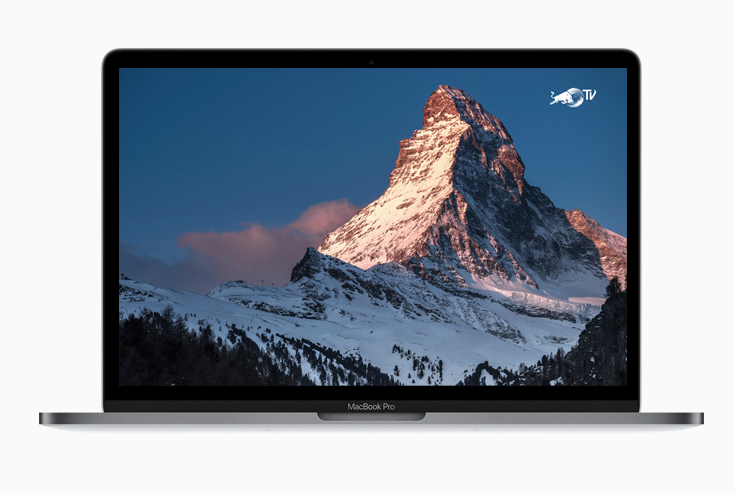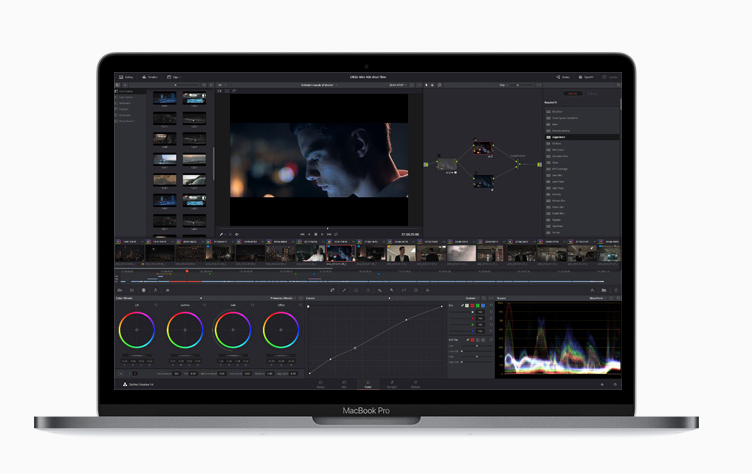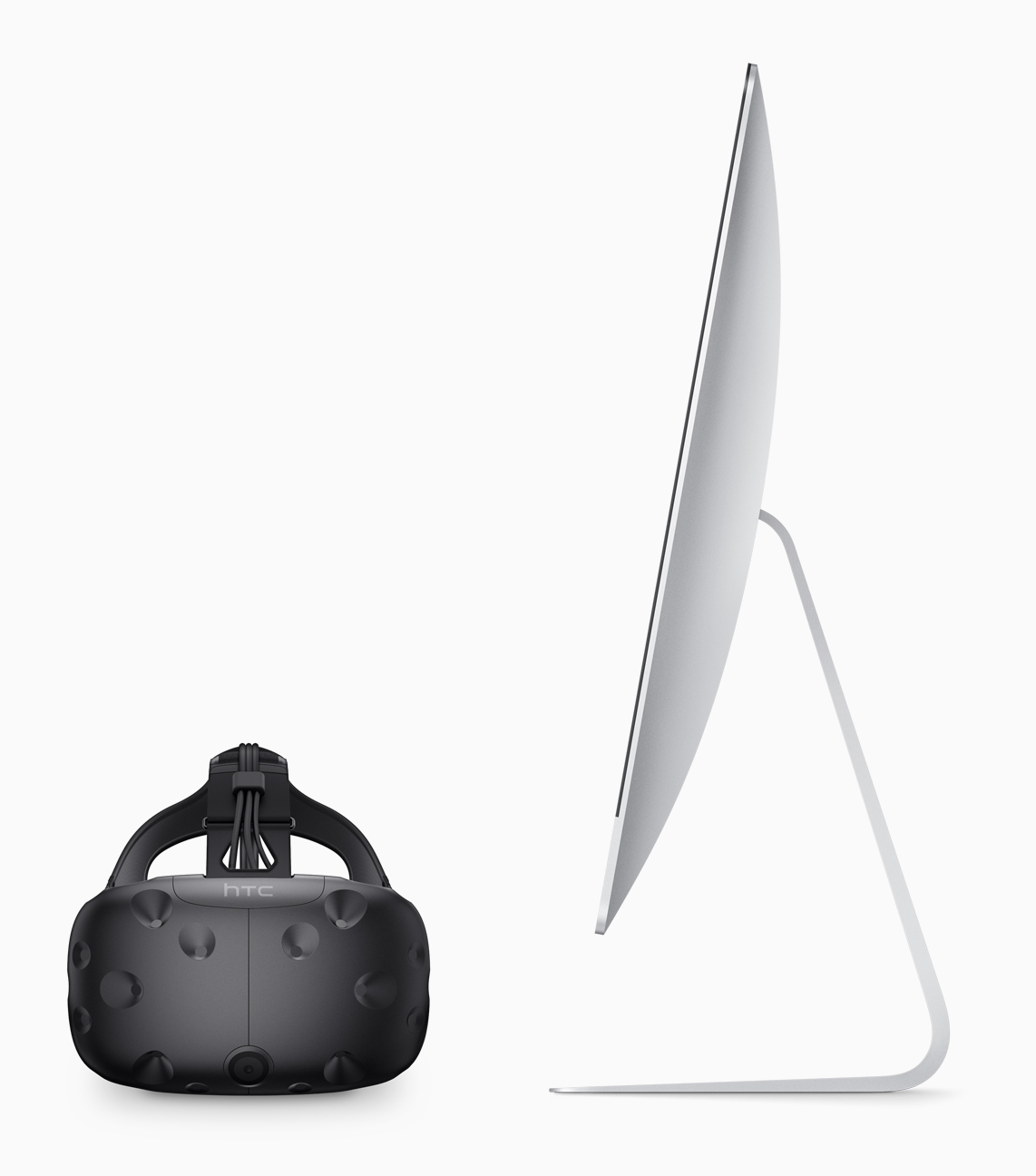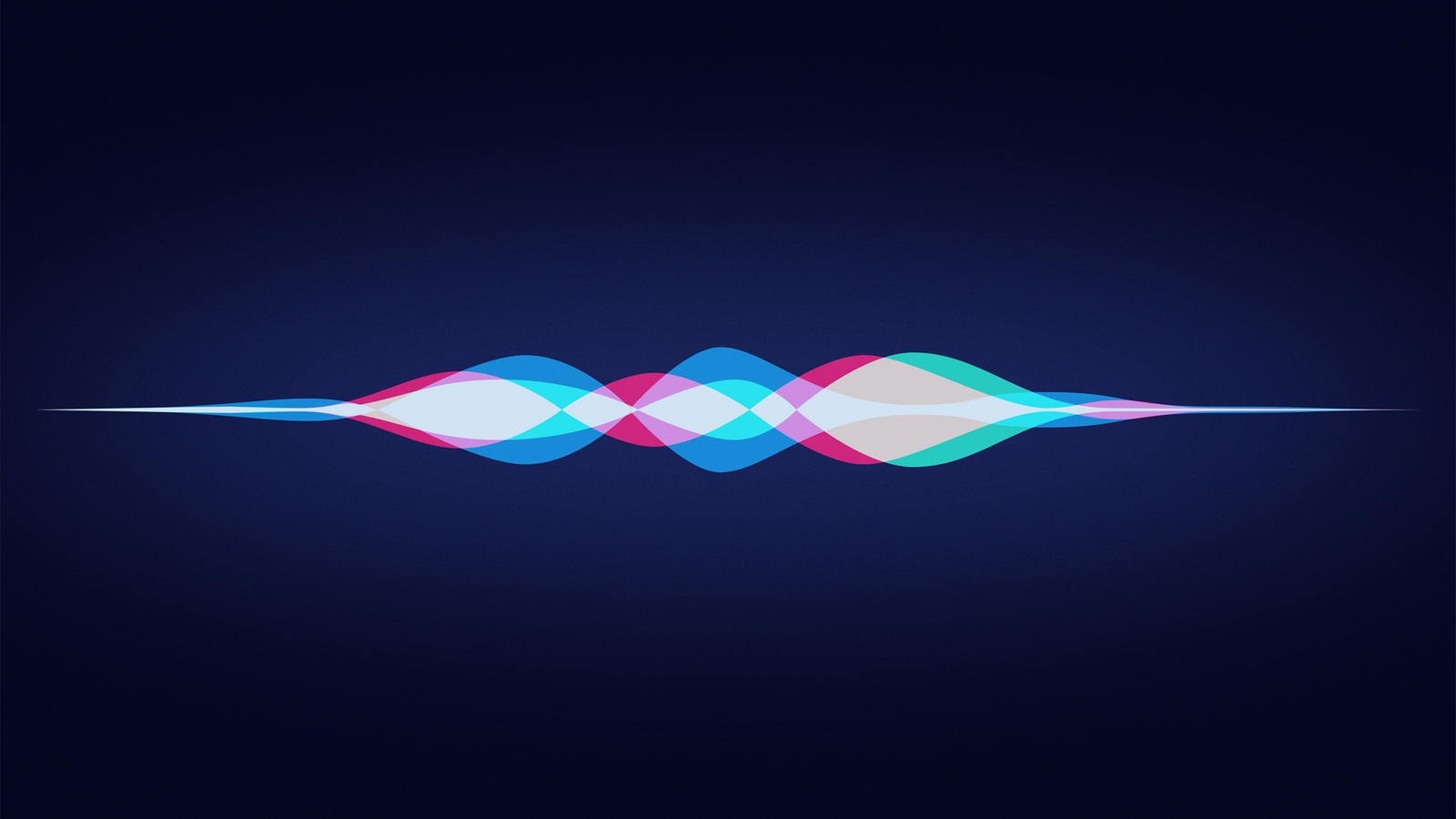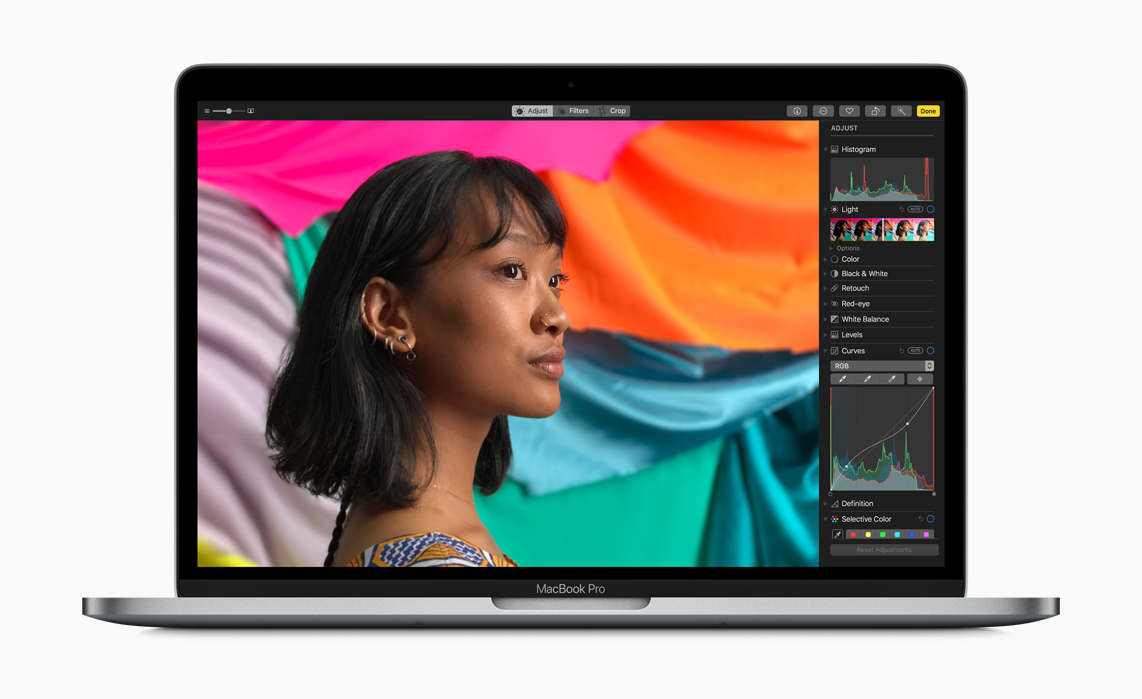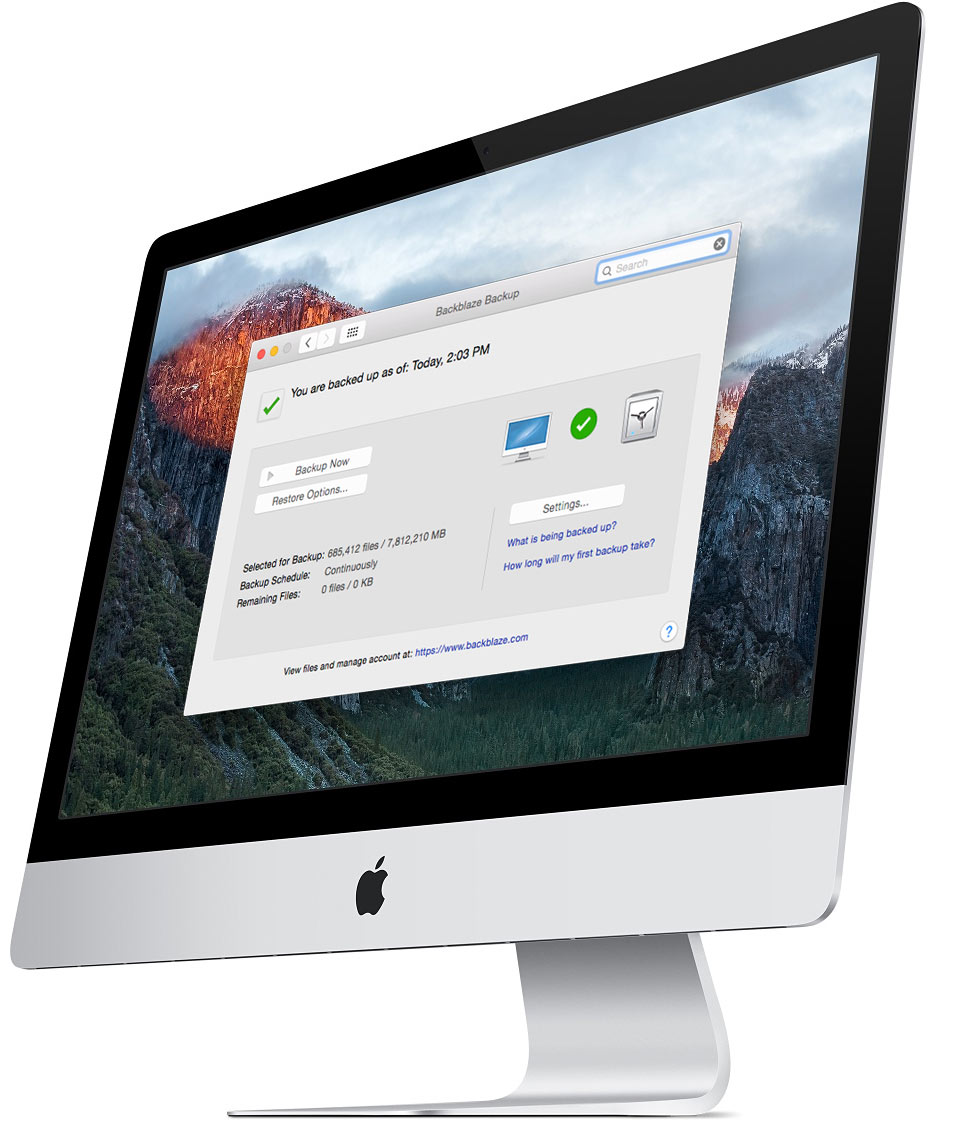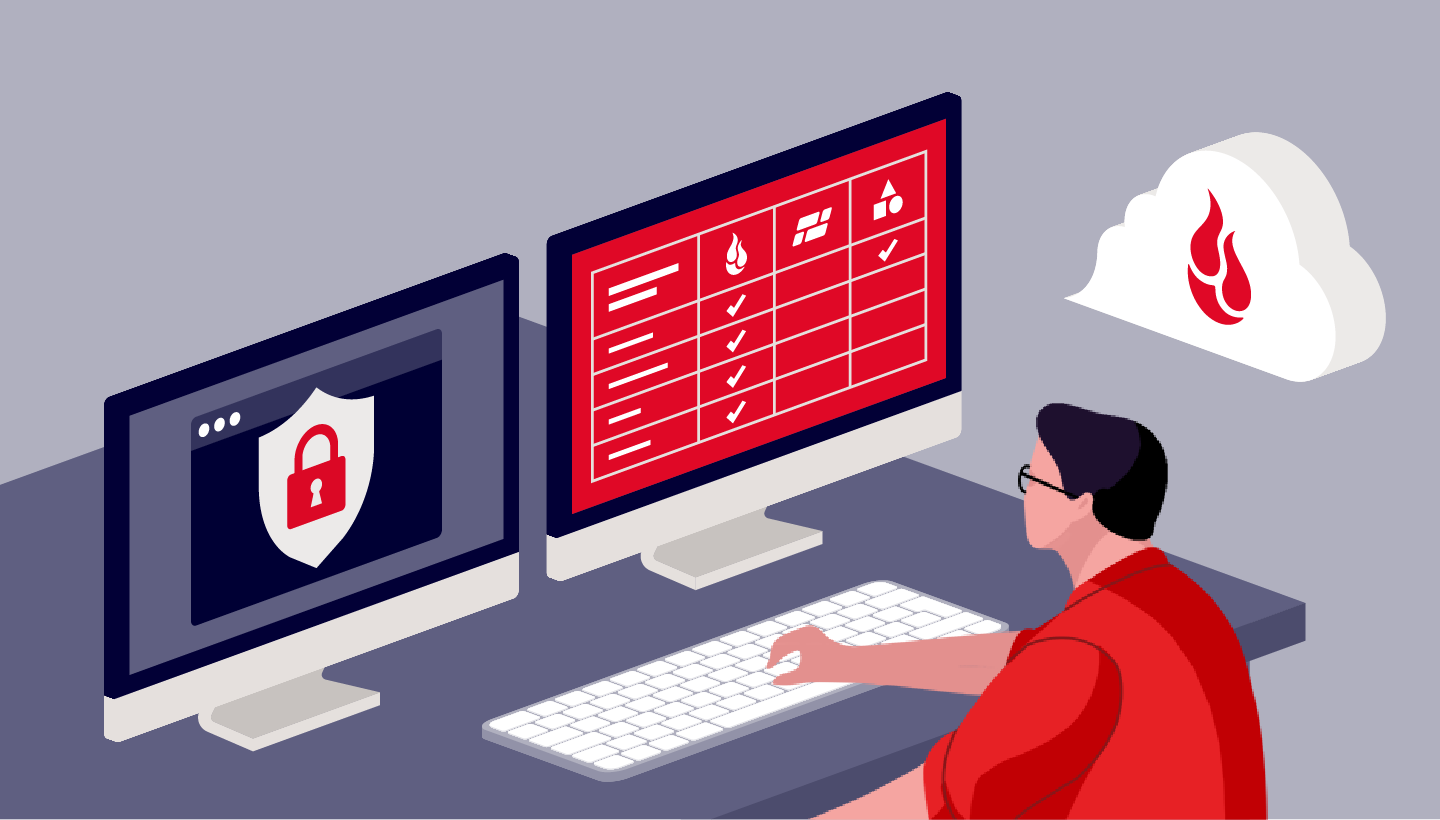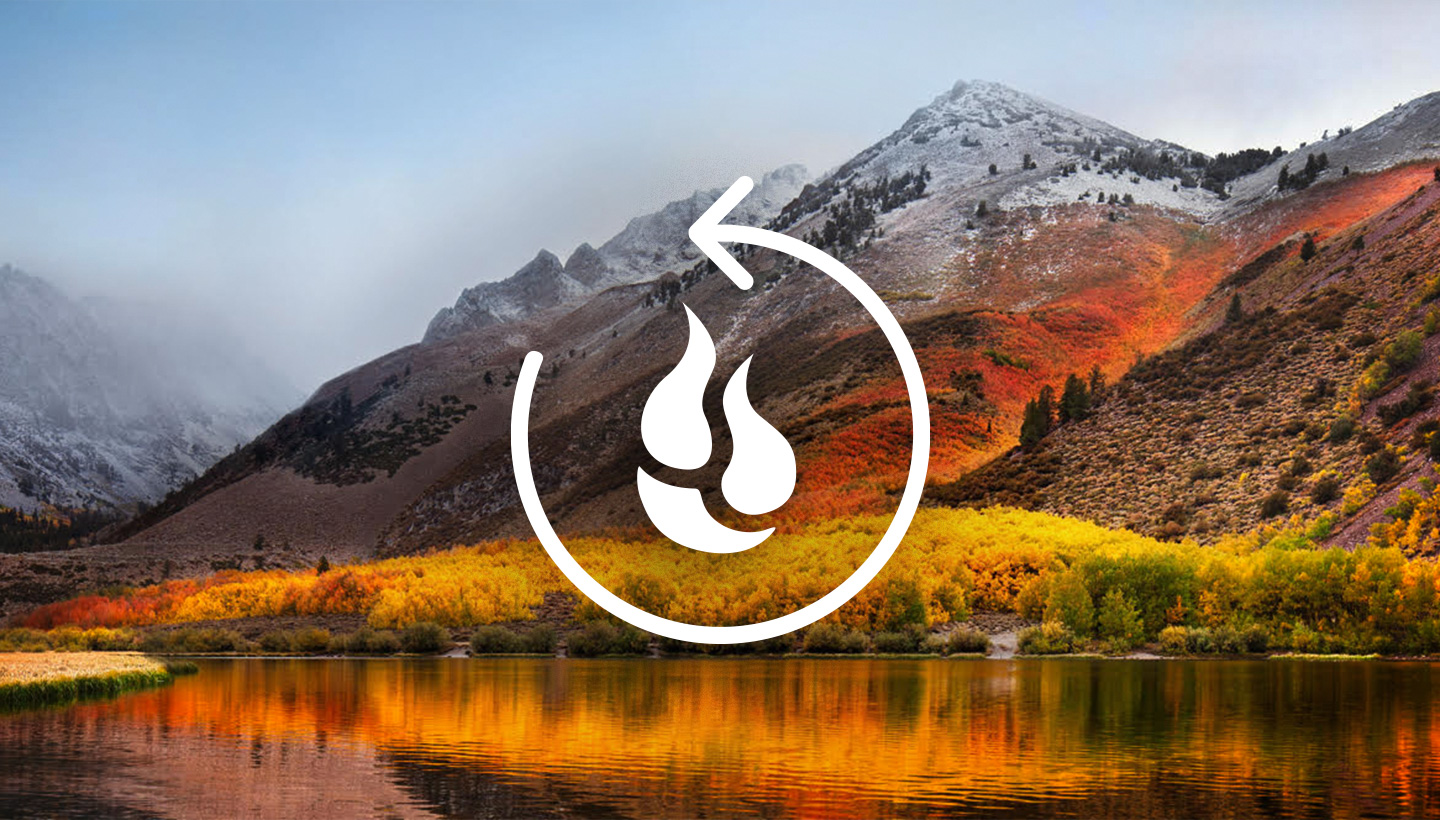
Apple introduced macOS 10.13 High Sierra at its 2017 Worldwide Developers Conference in June. On Tuesday, we learned we don’t have long to wait—the new OS will be available on September 25. It’s a free upgrade, and millions of Mac users around the world will rush to install it.
We understand. A new OS from Apple is exciting, But please, before you upgrade, we want to remind you to back up your Mac. You want your data to be safe from unexpected problems that could happen in the upgrade. We do, too. To make that easier, Backblaze offers this macOS High Sierra upgrade guide.
Why Upgrade to macOS 10.13 High Sierra?
High Sierra, as the name suggests, is a follow-on to the previous macOS, Sierra. Its major focus is on improving the base OS with significant improvements that will support new capabilities in the future in the file system, video, graphics, and virtual/augmented reality.
But don’t despair; there also are outward improvements that will be readily apparent to everyone when they boot the OS for the first time. We’ll cover both the inner and outer improvements coming in this new OS.
Under the Hood of High Sierra
Apple File System (APFS)
Apple has been rolling out its first file system upgrade for a while now. It’s already in iOS: now High Sierra brings APFS to the Mac. Apple touts APFS as a new file system optimized for Flash/SSD storage and featuring strong encryption, better and faster file handling, safer copying and moving of files, and other improved file system fundamentals.
We went into detail about the enhancements and improvements that APFS has over the previous file system, HFS+, in an earlier post. Many of these improvements, including enhanced performance, security, and reliability of data will provide immediate benefits to users, while others provide a foundation for future storage innovations and will require work by Apple and third parties to support in their products and services.
Most of us won’t notice these improvements, but we’ll benefit from better, faster, and safer file handling, which I think all of us can appreciate.
Video
High Sierra includes High Efficiency Video Encoding (HEVC, AKA H.265), which preserves better detail and color while also introducing improved compression over H.264 (MPEG-4 AVC). Even existing Macs will benefit from the HEVC software encoding in High Sierra, but newer Mac models include HEVC hardware acceleration for even better performance.
Metal 2
macOS High Sierra introduces Metal 2, the next-generation of Apple’s Metal graphics API that was launched three years ago. Apple claims that Metal 2 provides up to 10 times better performance in key areas. It provides near-direct access to the graphics processor (GPU), enabling the GPU to take control over key aspects of the rendering pipeline. Metal 2 will enhance the Mac’s capability for machine learning, and is the technology driving the new virtual reality platform on Macs.
Virtual Reality
We’re about to see an explosion of virtual reality experiences on both the Mac and iOS thanks to High Sierra and iOS 11. Content creators will be able to use apps like Final Cut Pro X, Epic Unreal 4 Editor, and Unity Editor to create fully immersive worlds that will revolutionize entertainment and education and have many professional uses, as well.
Users will want the new iMac with Retina 5K display or the upcoming iMac Pro to enjoy them, or any supported Mac paired with the latest external GPU and VR headset.
Outward Improvements
Siri
Expect a more natural voice from Siri in High Sierra. It will be less robotic, with greater expression and use of intonation in speech. Siri will also learn more about your preferences in things like music, helping you choose music that fits your taste and putting together playlists expressly for you. Expect Siri to be able to answer your questions about music-related trivia, as well.
Siri: What does “scaramouche” refer to in the song “Bohemian Rhapsody?”
Photos
Photos has been redesigned with a new layout and new tools. A redesigned edit view includes new tools for fine-tuning color and contrast and making adjustments within a defined color range. Some fun elements for creating special effects and memories also have been added. Photos now works with external apps such as Photoshop and Pixelmator. Compatibility with third-party extensions adds printing and publishing services to help get your photos out into the world.
Safari
Apple claims that Safari in High Sierra is the world’s fastest desktop browser, outperforming Chrome and other browsers in a range of benchmark tests. They’ve also added autoplay blocking for those pesky videos that play without your permission and tracking blocking to help protect your privacy.
Can My Mac Run macOS High Sierra 10.13?
All Macs introduced in mid 2010 or later are compatible. MacBook and iMac computers introduced in late 2009 are also compatible. You’ll need OS X 10.7.5 Lion or later installed, along with at least 2GB RAM and 8.8GB of available storage to manage the upgrade.
Some features of High Sierra require an internet connection or an Apple ID. You can check to see if your Mac is compatible with High Sierra on Apple’s website.
Conquering High Sierra: What Do I Do Before I Upgrade?
Back Up That Mac!
It’s always smart to back up before you upgrade the operating system or make any other crucial changes to your computer. Upgrading your OS is a major change to your computer, and if anything goes wrong…well, you don’t want that to happen.
We recommend the 3-2-1 backup strategy to make sure your data is safe. What does that mean? Have three copies of your data. There’s the “live” version on your Mac, a local backup (Time Machine, another copy on a local drive or other computer), and an off-site backup like Backblaze. No matter what happens to your computer, you’ll have a way to restore the files if anything goes wrong. Need help understanding how to back up your Mac? We have you covered with a handy Mac backup guide.
Check for App and Driver Updates
This is when it helps to do your homework. Check with app developers or device manufacturers to find if their apps and devices have updates to work with High Sierra. Visit their websites or use the Check for Updates feature built into most apps (often found in the File or Help menus).
If you’ve downloaded apps through the Mac App Store, make sure to open them and click on the Updates button to download the latest updates.
Updating can be hit or miss when you’ve installed apps that didn’t come from the Mac App Store. To make it easier, visit the MacUpdate website. MacUpdate tracks changes to thousands of Mac apps.
Will Backblaze work with macOS High Sierra?
Yes. We’ve taken care to ensure that Backblaze works with High Sierra. We’ve already enhanced our Macintosh client to report the space available on an APFS container and we plan to add additional support for APFS capabilities that enhance Backblaze’s capabilities in the future.
Of course, we’ll watch Apple’s release carefully for any last minute surprises. We’ll officially offer support for High Sierra once we’ve had a chance to thoroughly test the release version.
Set Aside Time for the Upgrade
Depending on the speed of your internet connection and your computer, upgrading to High Sierra will take some time. You’ll be able to use your Mac straightaway after answering a few questions at the end of the upgrade process.
If you’re going to install High Sierra on multiple Macs, a time and bandwidth saving tip came from a Backblaze customer who suggested copying the installer from your Mac’s Applications folder to a USB flash drive (or an external drive) before you run it. The installer routinely deletes itself once the upgrade process is completed, but if you grab it before that happens you can use it on other computers.
Where Do I Get High Sierra?
Apple says that High Sierra will be available on September 25. Like other Mac operating system releases, Apple offers macOS 10.13 High Sierra for download from the Mac App Store, which is included on the Mac. As long as your Mac is supported and running OS X 10.7.5 Lion (released in 2012) or later, you can download and run the installer. It’s free. Thank you, Apple.
Better to Be Safe Than Sorry
Back up your Mac before doing anything to it, and make Backblaze part of your 3-2-1 backup strategy. That way your data is secure. Even if you have to roll back after an upgrade, or if you run into other problems, your data will be safe and sound in your backup.
Tell Us How It Went
Are you getting ready to install High Sierra? Still have questions? Let us know in the comments. Tell us how your upgrade went and what you like about the new release of macOS.
And while you’re waiting for High Sierra…
While you’re waiting for Apple to release High Sierra on September 25, you might want to check out these other posts about using your Mac and Backblaze.


